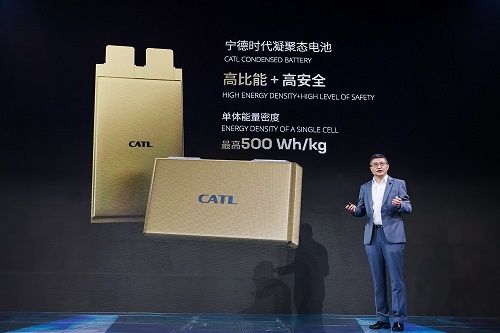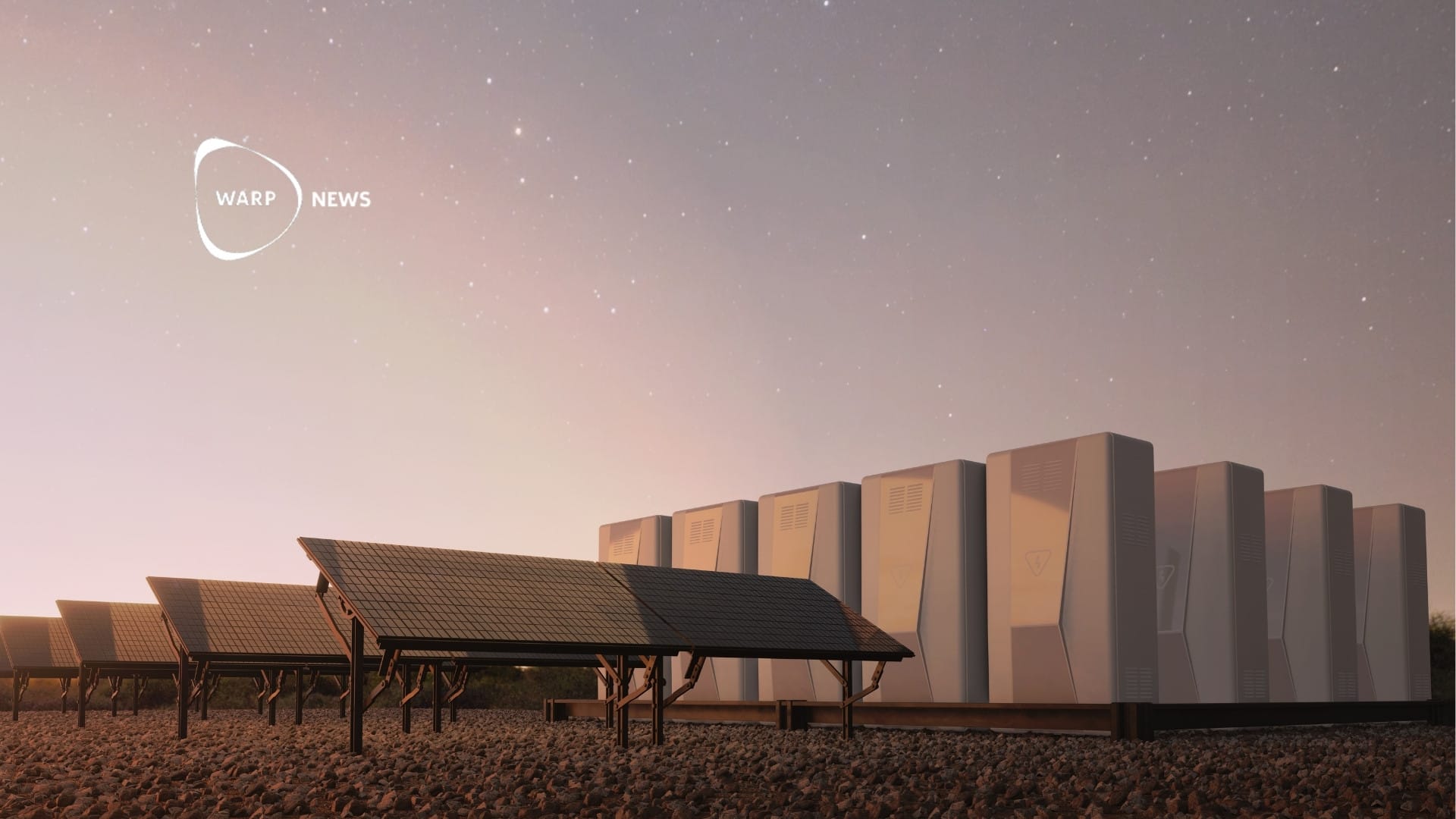
🛫 Electric airplanes are impos... oh wait: New battery with high energy density
This innovative technology is set to boost the electrification of passenger aircrafts.
Share this story!
- CATL introduces a condensed battery with an energy density of up to 500 Wh/kg.
- This innovative technology is set to boost the electrification of passenger aircrafts.
- The company is ready for mass production of the condensed battery, promising a new era in aviation.
Energy density of up to 500 Wh/kg
CATL has unveiled a new battery technology that could change the face of aviation as we know it - the condensed battery.
With an energy density of up to 500 Wh/kg, this battery opens up a new electrification scenario for passenger aircraft.

By constructing a micron-level self-adaptive net structure using highly conductive biomimetic condensed state electrolytes. This innovation addresses the changes of super high energy density materials resulting from electrochemical reactions. It boosts the conductive performance of cells, increasing the efficiency of lithium-ion transportation and stabilizing the microstructure.
Developing electric passenger aircraft
CATL is cooperating with several partners to develop electric passenger aircraft. The company is meeting aviation-level standards and testing in accordance with aviation-grade safety and quality requirements. Moreover, an automotive-grade version of condensed batteries is on the horizon, set to go into mass production within this year.
CATL's previous achievements include the first-generation sodium-ion battery with an energy density of 160 Wh/kg, launched in 2021, and the Qilin battery, which went into mass production in March 2022.
Higher energy density is the key
The hard problem with longer-range electric airplanes is that the batteries take up to much space, and weigh too much. With higher energy density in the batteries, you get more energy to fly the plane, but more space is not needed, and no extra weight is added.
By becoming a premium supporter, you help in the creation and sharing of fact-based optimistic news all over the world.


